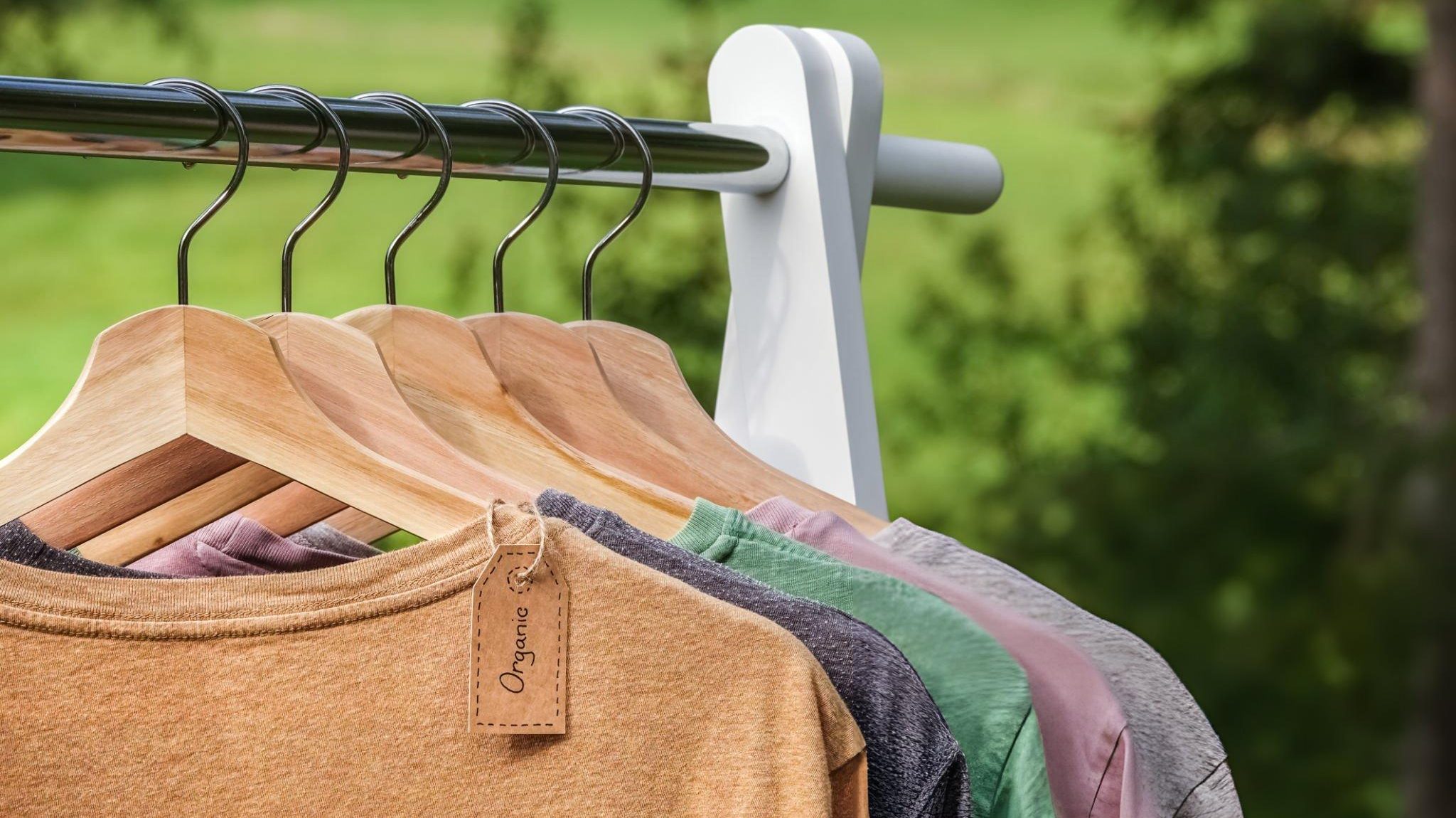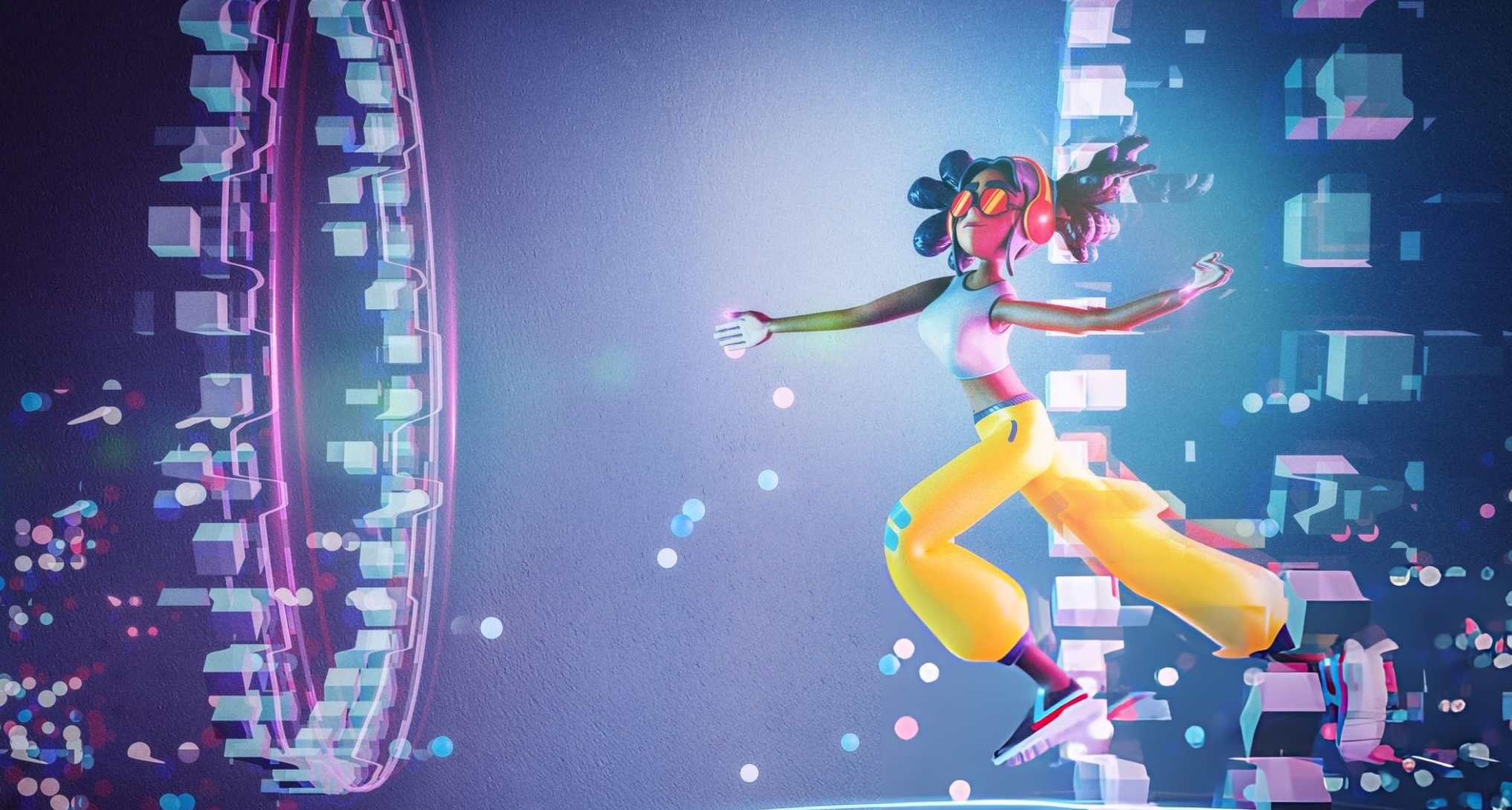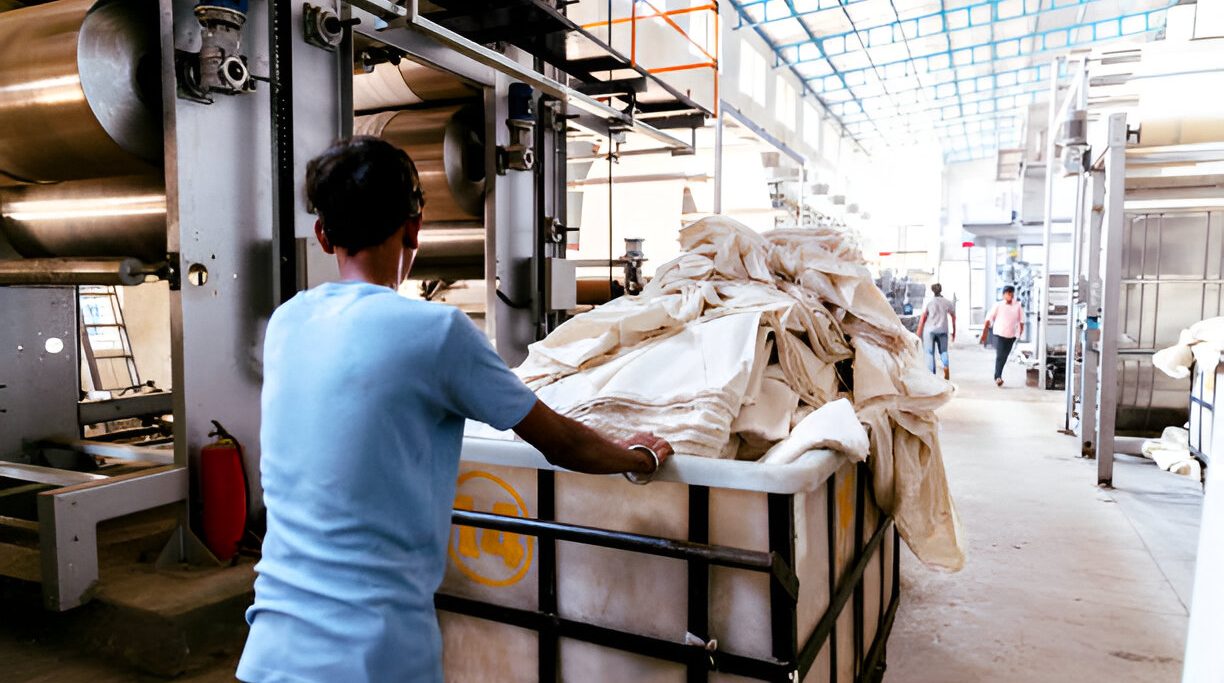In recent years, bamboo fabric has surged in popularity, becoming a staple in the sustainable fashion movement. As consumers increasingly seek eco-friendly alternatives, bamboo fabric has emerged as a versatile and responsible choice. But what exactly is bamboo fabric, and why is it becoming the material of choice for so many fashion brands? In this comprehensive guide, we’ll explore everything you need to know about bamboo fabric, from its origins to its benefits and potential drawbacks.
What is Bamboo Fabric?
Bamboo fabric is a textile made from the pulp of bamboo plants. Known for its softness and durability, it has gained a reputation as a sustainable alternative to traditional fabrics like cotton and polyester. Bamboo fabric comes in several forms, including:
– Bamboo Viscose: The most common type, made through a chemical process that turns bamboo pulp into a soft, silk-like fiber.
– Bamboo Linen: A mechanically produced fabric that retains the texture of linen, offering a more natural, eco-friendly option.
– Bamboo Lyocell: A newer, closed-loop process similar to Tencel, which minimizes environmental impact.
Each type of bamboo fabric has its unique properties, making it suitable for various applications in the fashion industry.
The Manufacturing Process of Bamboo Fabric
The journey of bamboo from plant to fabric involves several steps:
1. Harvesting: Bamboo plants are harvested after about three to five years of growth. Bamboo is a rapidly renewable resource, making it an environmentally friendly choice.
2. Pulping: The harvested bamboo is crushed and soaked in a solution to break it down into pulp. In the case of bamboo viscose, this process involves chemicals like sodium hydroxide, which can raise environmental concerns if not managed properly.
3. Spinning: The bamboo pulp is then spun into fibers, which are woven or knitted into fabric.
4. Finishing: The fabric is treated to enhance its softness and durability, ready for use in clothing and other textiles.
Eco-Friendly Claims: Bamboo is often touted as a sustainable fabric because the plant itself requires little water, no pesticides, and grows rapidly. However, the chemical process used in making bamboo viscose can have environmental downsides if not properly controlled. Opting for mechanically processed bamboo fabrics, like bamboo linen, or lyocell, which use a closed-loop system, can mitigate these concerns.
Comparison to Other Fabrics: Compared to cotton, bamboo fabric generally requires fewer resources to produce. It’s more eco-friendly than polyester, which is petroleum-based and non-biodegradable. However, like any material, the sustainability of bamboo fabric depends on the production methods used.
Benefits of Bamboo Fabric
Bamboo fabric offers a range of benefits that make it appealing both to consumers and fashion brands:
– Sustainability: Bamboo is a renewable resource that grows quickly and doesn’t require chemical pesticides or fertilizers, making it an environmentally responsible choice.
– Comfort and Softness: Bamboo fabric is incredibly soft, often compared to cashmere or silk. Its smooth texture makes it gentle on the skin, ideal for those with sensitive skin or allergies.
– Breathability and Moisture-Wicking Properties: Bamboo fabric is highly breathable and wicks moisture away from the body, keeping you cool and dry. This makes it an excellent choice for activewear and summer clothing.
– Antibacterial and Hypoallergenic: Bamboo fabric has natural antibacterial properties, helping to reduce odors and resist bacteria growth. It’s also hypoallergenic, making it suitable for people with sensitive skin.
– UV Protection: Bamboo fabric provides natural UV protection, blocking up to 98% of harmful UV rays, which is particularly beneficial for outdoor clothing.
Potential Drawbacks of Bamboo Fabric
Despite its many advantages, bamboo fabric has a few potential drawbacks:
– Chemical Processing Concerns: The production of bamboo viscose involves the use of chemicals that can be harmful to the environment if not properly managed. Opting for bamboo fabrics produced using mechanical processes or closed-loop systems can be a more sustainable choice.
– Cost and Availability: Bamboo fabric tends to be more expensive than traditional fabrics like cotton. While this reflects its quality and sustainability, it may be a consideration for budget-conscious consumers.
– Durability: While bamboo fabric is generally durable, it may not be as long-lasting as some other fabrics, particularly when subjected to frequent washing. Proper care is essential to maintain its quality over time.
Bamboo Fabric in the Fashion Industry
Bamboo fabric is increasingly being embraced by fashion brands around the world:
– Brands Using Bamboo Fabric: Many fashion brands are now incorporating bamboo fabric into their collections. For example, Boody, Thought Clothing, and Pact are known for their sustainable bamboo-based clothing lines.
– Applications in Fashion: Bamboo fabric is versatile and can be used for a wide range of clothing items, from casual wear to activewear, and even luxury fashion pieces. It’s also popular in home textiles, such as sheets and towels, due to its softness and absorbency.
– Bamboo Fabric Trends: As sustainability becomes a more significant concern in fashion, bamboo fabric is expected to continue its rise. Brands are experimenting with blends of bamboo and other sustainable fibers to create innovative, eco-friendly textiles.
Care Instructions for Bamboo Fabric to Consumers
To keep your bamboo garments in top condition, follow these care tips:
– Washing Instructions: Wash bamboo fabric in cold water with a gentle detergent. Avoid using bleach or fabric softeners, as these can break down the fibers.
– Drying and Ironing: Line dry your bamboo garments whenever possible, as high heat can cause shrinkage. If ironing is needed, use a low heat setting.
– Storage Tips: Store bamboo clothing in a cool, dry place, away from direct sunlight, to prevent fading and deterioration.
Conclusion: Is Bamboo Fabric the Future of Sustainable Fashion?
Bamboo fabric is more than just a trend; it’s a promising solution for a more sustainable fashion industry. With its blend of comfort, sustainability, and versatility, bamboo fabric is well-positioned to become a staple in eco-conscious wardrobes. However, consumers and brands alike must be mindful of the production methods used to ensure that the environmental benefits of bamboo are fully realized.
Whether you’re a fashion enthusiast, a designer, or simply someone looking to make more sustainable clothing choices, bamboo fabric offers a compelling option. As awareness and demand for eco-friendly fabrics continue to grow, bamboo fabric may well be the future of sustainable fashion.



